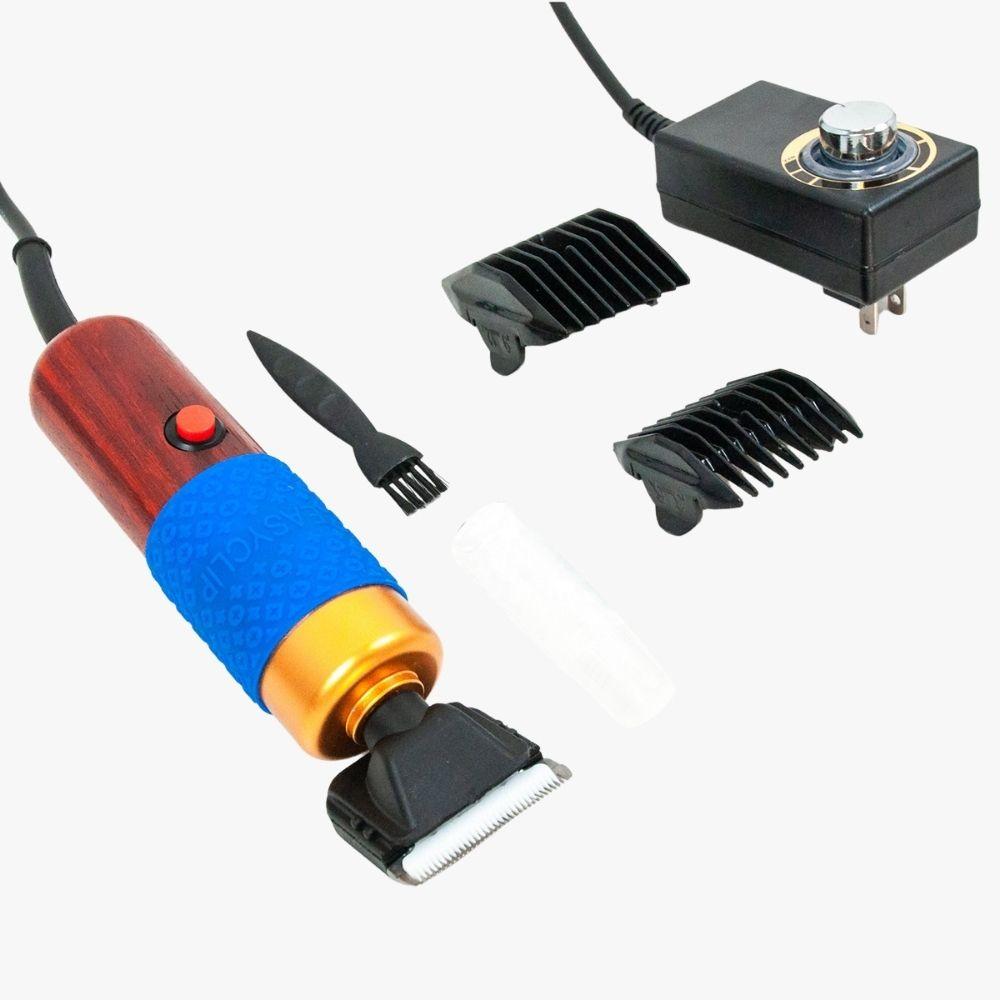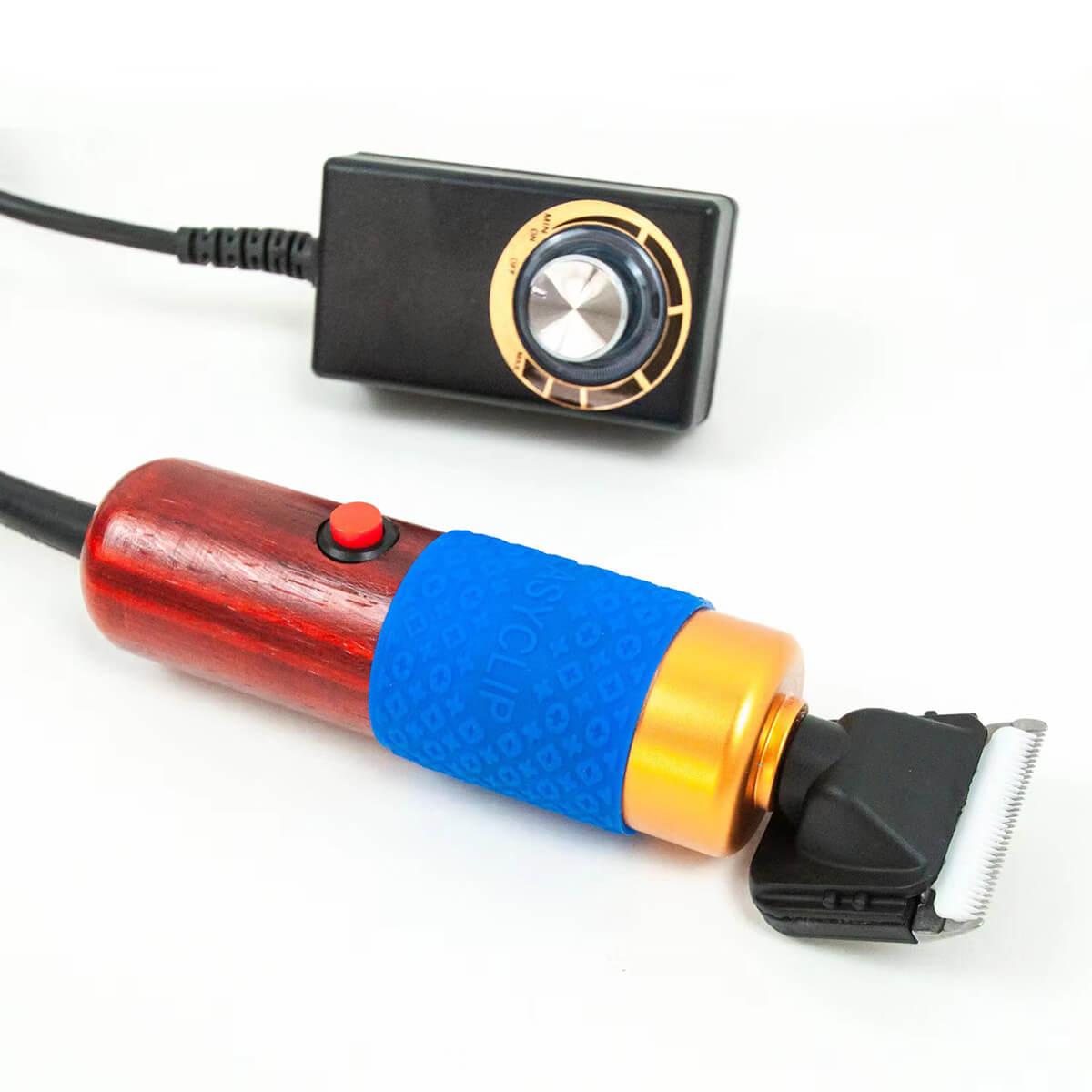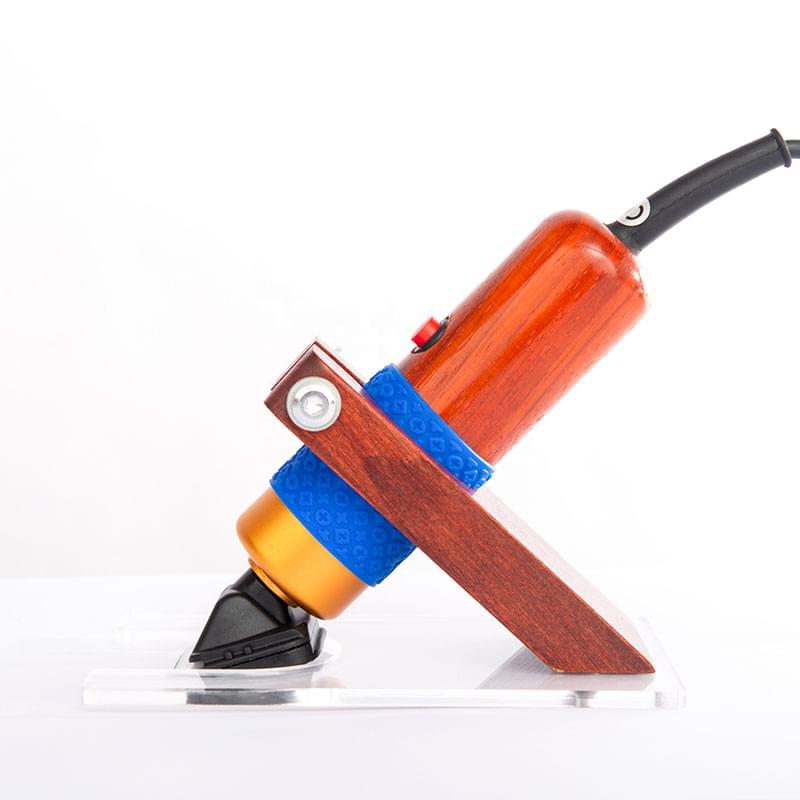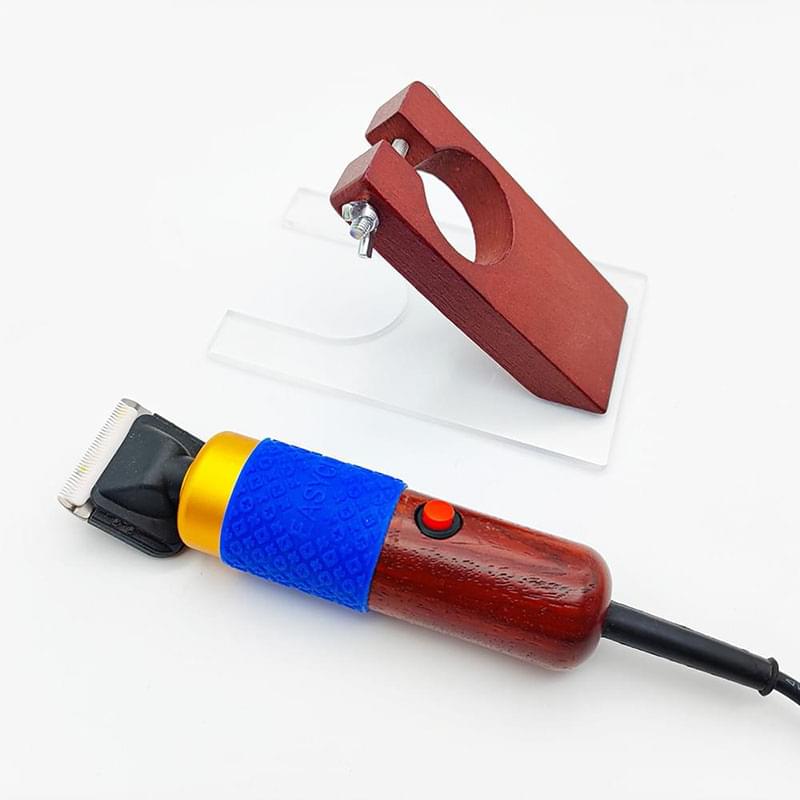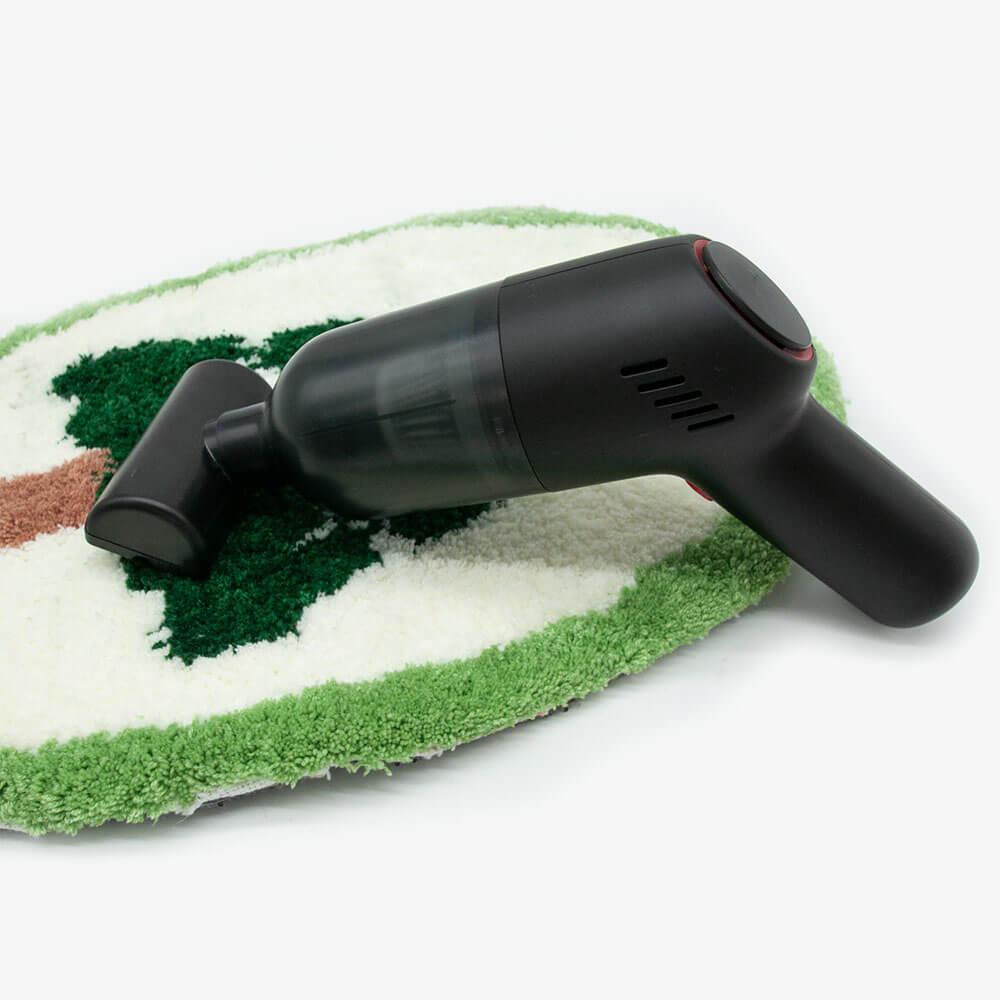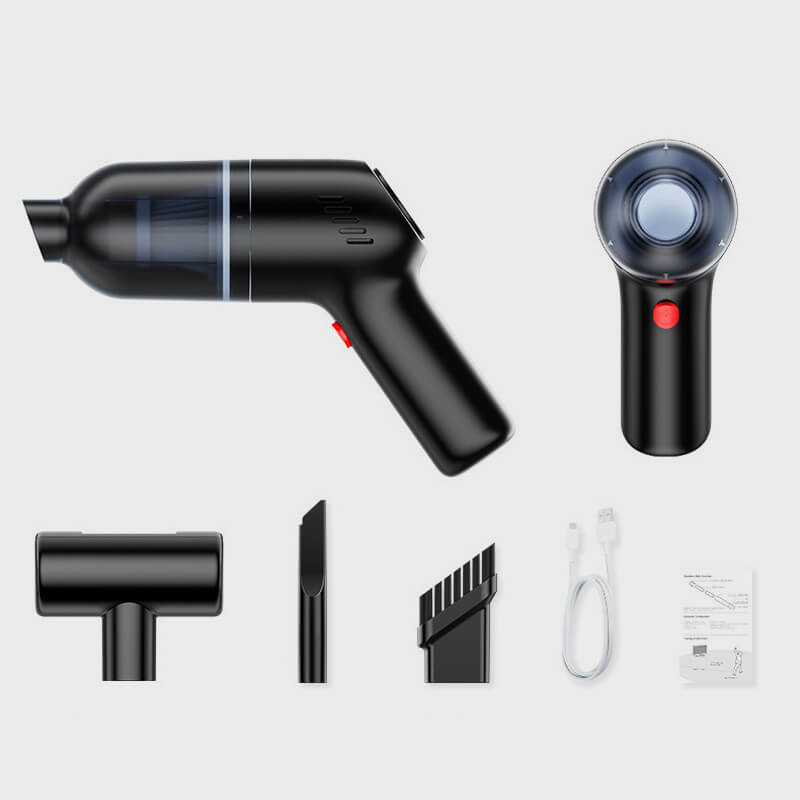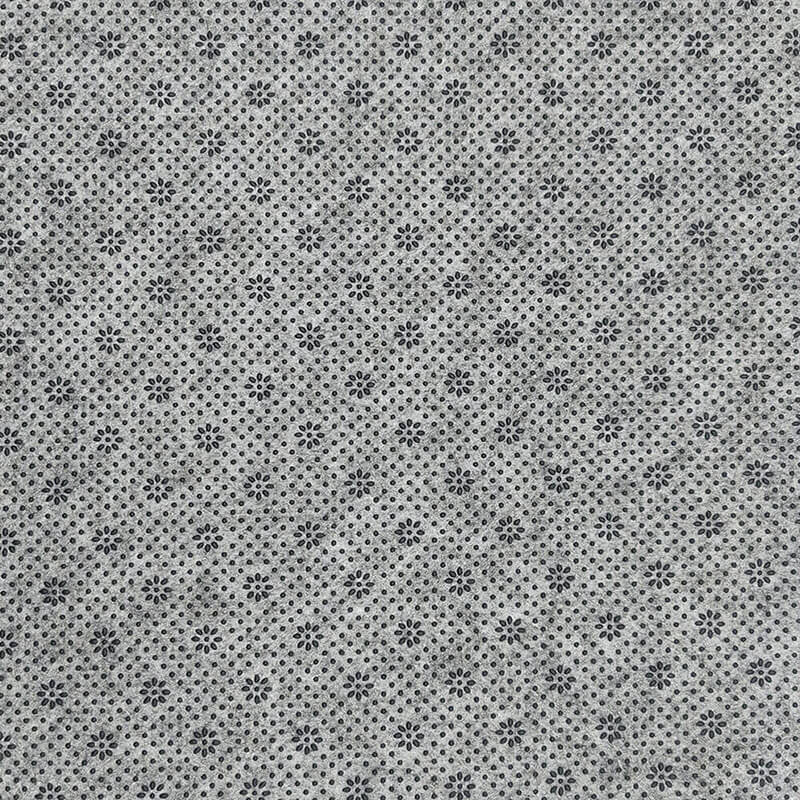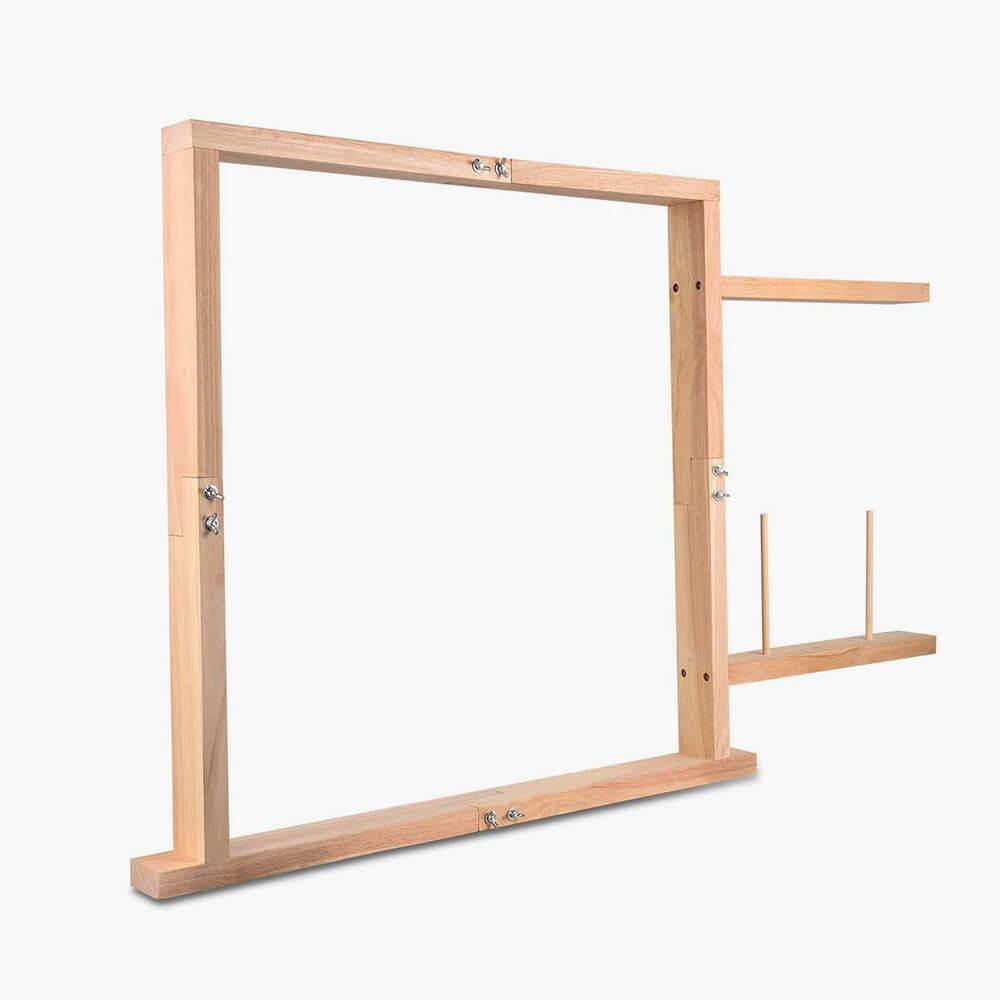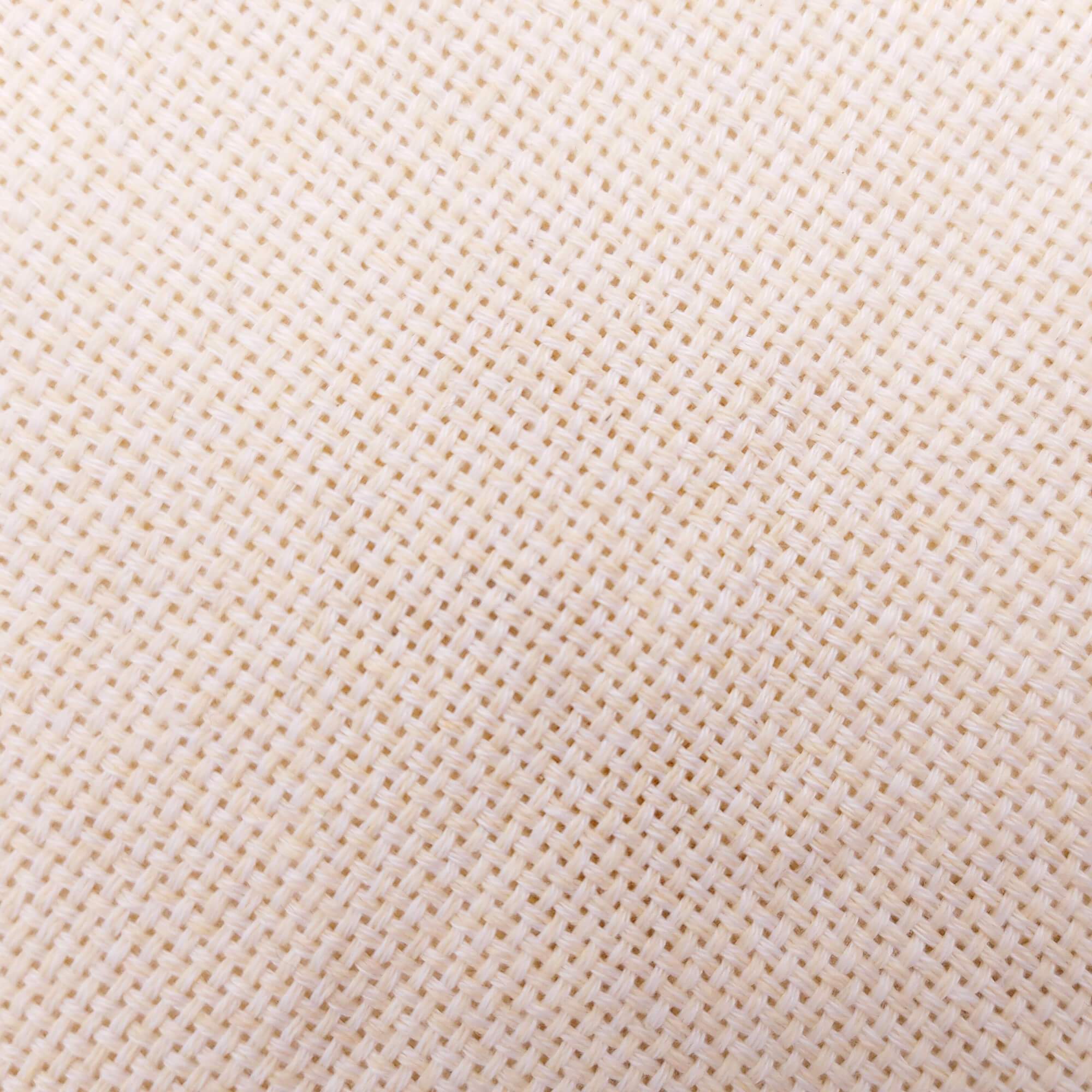Showing all 3 resultsSorted by popularity
Showing all 3 resultsSorted by popularity

Your Go-To for Rug Trimming Essentials
Hey there, rug enthusiasts!
Want to give your rugs that neat, professional edge? Check out TuftingPal’s Rug Trimming tools. Trimming is key to getting clean lines and perfect shapes in your rugs.
Tools for Every Trimming Need
We understand that trimming is an art. That’s why we offer tufting tools that are easy to handle and precise.
Whether you’re working on detailed patterns or just cleaning up edges, our trimming tools make the process smooth and simple.
Achieve the Perfect Finish
With our Rug Trimming tools, uneven edges and rough finishes are a thing of the past. They’re essential for anyone serious about rug making, ensuring your projects always look polished and professional.
Trim your rugs to perfection with TuftingPal’s Rug Trimming tools. Shop now and elevate your rug making craft to the next level!
FAQs
What is Rug Trimming?
Rug trimming is the process of cutting and shaping the edges of a rug to ensure a neat and tidy finish.
It involves removing excess material and evening out any irregularities along the rug’s borders. This step is crucial for giving your rug a professional look and feel.
Trimming can also be used to shape the overall design, adding definition and clarity to the patterns and motifs in your tufted rug.
Rug Trimming VS Rug Shearing
Rug trimming and rug shearing serve different purposes.
Trimming is focused on cutting and neatening the edges of a rug, giving it a clean and precise border.
Shearing involves cutting the surface of the entire rug to create a uniform pile height, which enhances the rug’s texture and overall appearance.
While trimming defines the rug’s shape, shearing is about refining its surface and feel.
How to Trim a Rug?
To trim a rug, you’ll need a sharp pair of scissors or a trimming tool.
Start by laying your rug flat. Identify any uneven or excess areas along the edges. Carefully cut along these areas, maintaining a steady hand to ensure straight, clean lines.
It’s important to go slowly and trim small sections at a time to avoid overcutting. Regularly step back to check the overall shape and symmetry as you trim.

